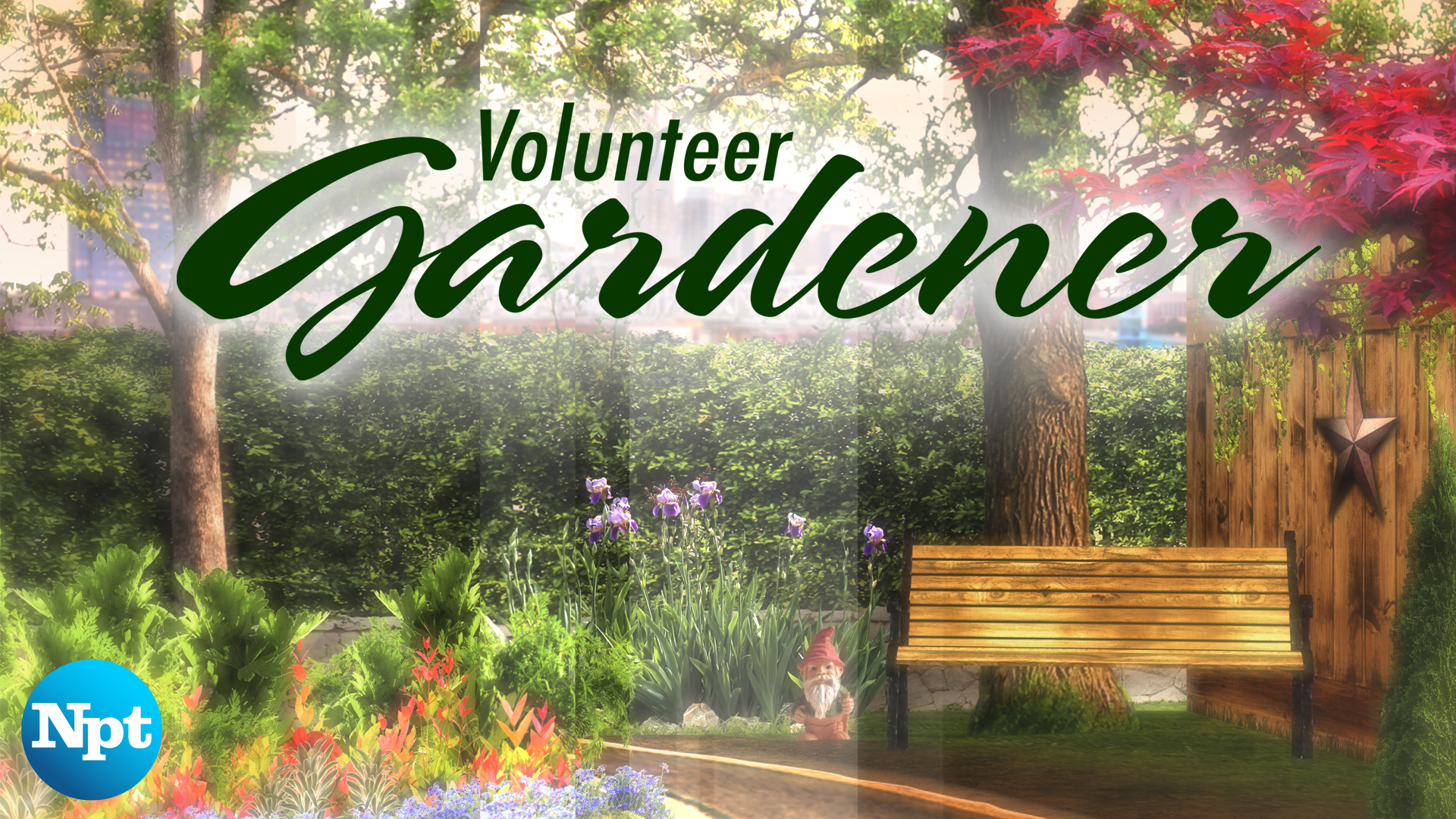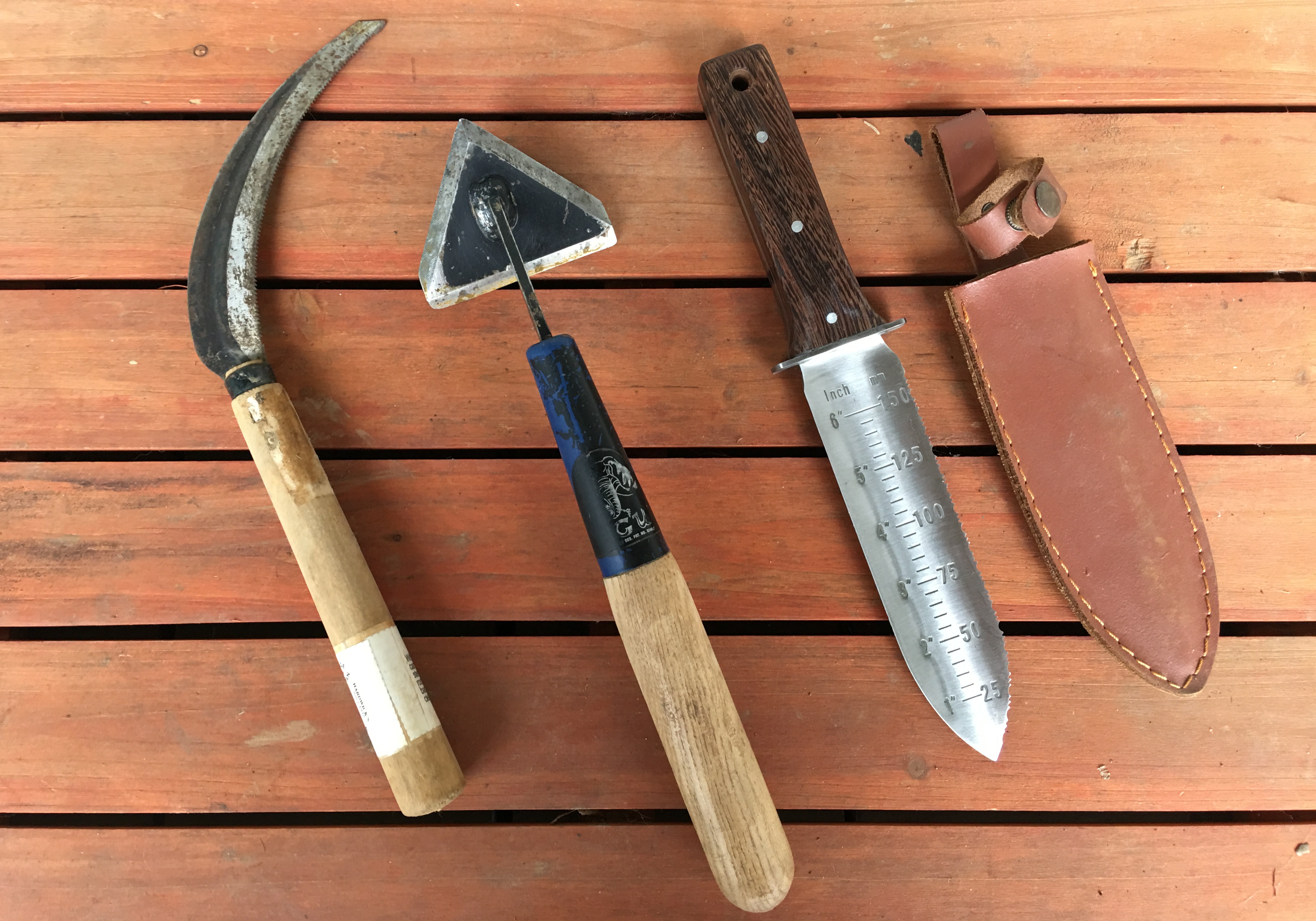
A series of guest-written gardening blogs to inspire fans of NPT’s Volunteer Gardener and anyone looking for tips and ideas for happier, healthier gardens.
February is an in between month: not really spring yet, but also not the depths of winter ‒ at least not here in the South with daffodils coming up and hellebores blooming. While we’re still in these betwixt and between days, let’s take some time to get our favorite hand tools ready for the coming growing season.
Here is a list of my most dearly beloved hand tools that I simply could not be without. With these three simple implements, I can tackle nearly any garden job.
- Hori hori knife. This is a traditional Japanese gardening knife that cuts, digs, prunes, plants and even measures. (And it looks super cool hanging from your tool belt!)
- Japanese hand sickle. There is no better tool for dividing perennials in the garden! Even difficult-to-separate grasses are no match for this tool. I’ve also used it for weeding, pruning, and cutting a nice edge along a garden path.
- The scuffle hoe. This is the most-used implement on my farm. It cuts off weeds just below the soil surface and quickly, too. You will be utterly amazed that you ever lived without it!

Cleaning
If you did not do so last fall, it is now time to clean your hand tools with a mild bleach or vinegar solution. I use Dawn dishwashing detergent and a little drip of bleach in about a gallon of water in the kitchen sink. I then use a double-sided sponge with an abrasive layer on one side to thoroughly clean each tool. Be sure to dry the tools off immediately so they don’t rust. (A note about cleaning: It’s actually a good idea to clean tools after every gardening session to help keep the spread of soil- and plant-borne diseases in check.)
Sharpening
After drying the tools, take a small whetstone and sharpen the edges of both the hori hori knife and the scuffle hoe. The hori hori knife has one flat edge and one serrated edge; use a small file to sharpen the serrated edge. The sickle has a very fine serrated edge that is hard to sharpen, so you will most likely need to replace this tool before the others.
Finishing
Wipe down the tools using a little 3-in-One oil and your tools will be ready for anything you throw at them in the coming weeks!
Get more ideas on Volunteer Gardener Thursdays at 7:30 p.m. and Sundays at 9:30 a.m. on NPT.
Happy gardening and see you next month!

Laura Bigbee-Fott is a Davidson County Master Gardener. She owns Whites Creek Flower Farm and runs a floral event and wedding design business called Everything Blooms.